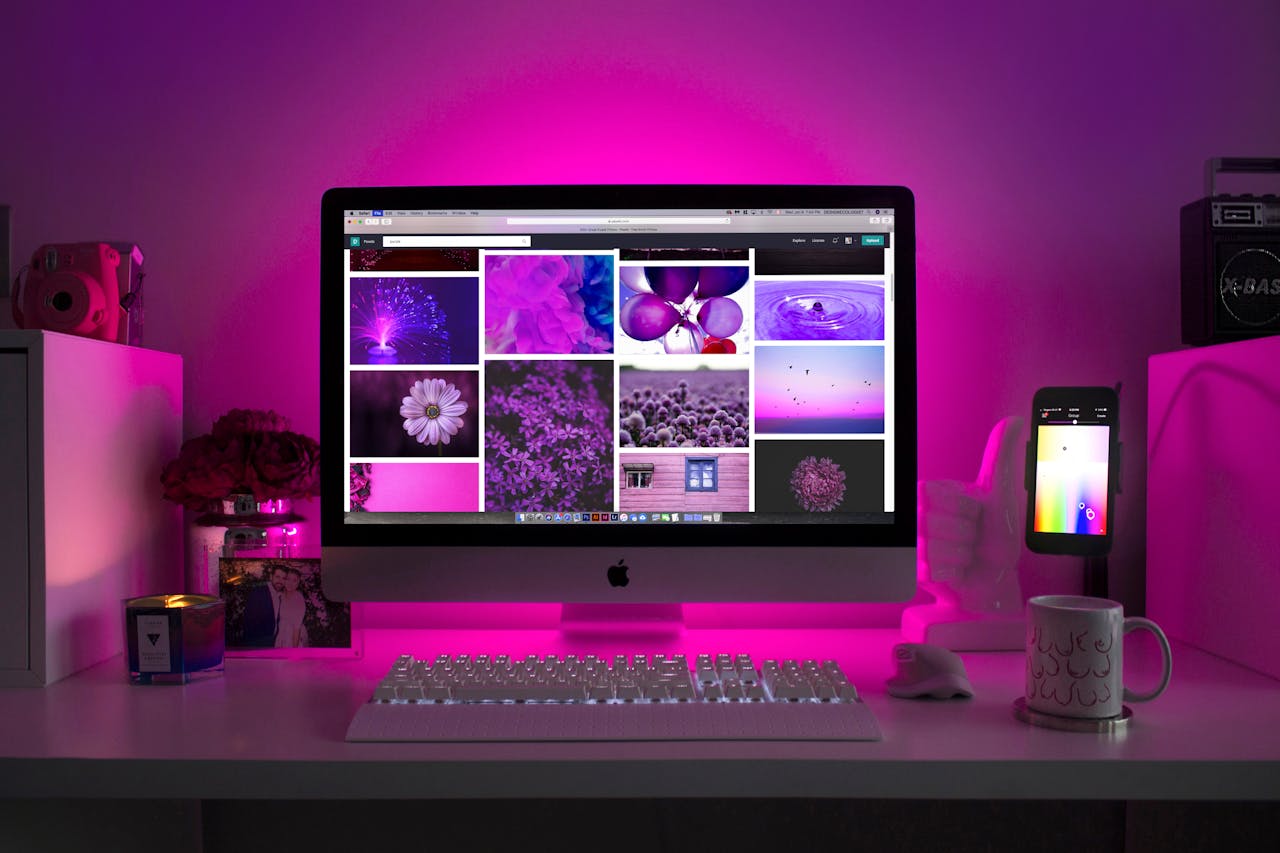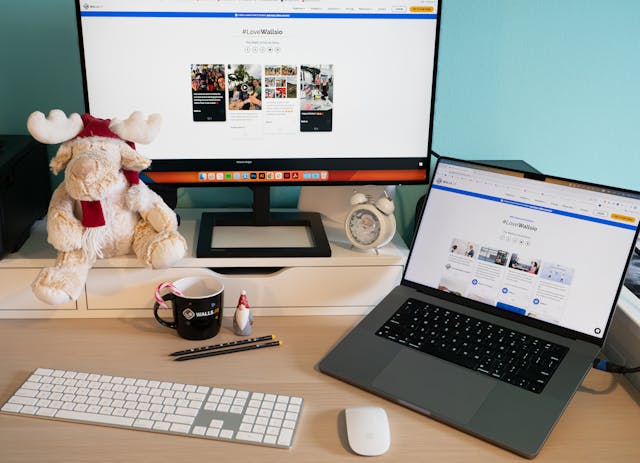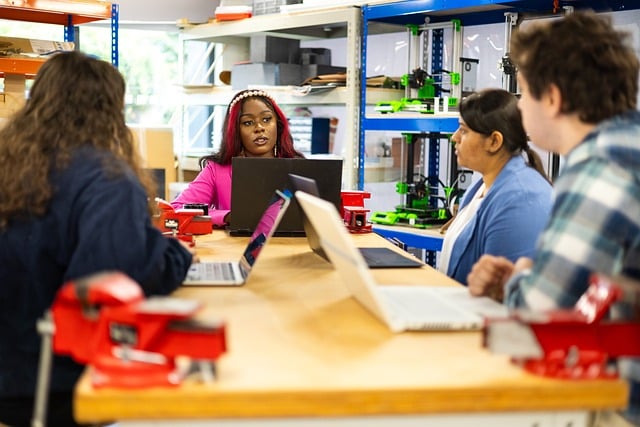UX Design and the Like Button: How Tech Shapes User Interaction

In a world increasingly driven by technology, user experience (UX) design has become a vital aspect of how we engage with digital platforms. It’s more than just aesthetics. It’s about crafting seamless interactions that resonate with users on a personal level. Among the various elements that shape our online encounters, the like button stands out as one of the most ubiquitous symbols of approval and interaction. Originally introduced to foster community engagement, the like button has evolved into a double-edged sword empowering users while also sparking debate about its broader implications. With the rising importance of social proof, many individuals and brands now turn to the best sites to buy Facebook likes as a way to quickly enhance their visibility and credibility online. As we explore this fascinating intersection of UX design and user behavior, we’ll uncover how this small icon influences not only our clicks but also our social dynamics in an ever-connected world. Join us as we delve into the evolution of the like button and its impact on our digital lives.
The Evolution of the Like Button
 The like button began as a simple concept. Introduced by Facebook in 2009, it transformed how users interacted online. A single click could now convey approval or enjoyment, eliminating the need for lengthy comments. As social media platforms emerged, so did variations of this feature. Twitter added favorites. Instagram introduced hearts. Each adaptation aimed to capture user sentiment more visually and immediately. What started as an engagement tool quickly became a cultural phenomenon. Users embraced it to express identity and preferences without extensive dialogue. The like button encouraged interaction but also led to new expectations around validation and attention.
The like button began as a simple concept. Introduced by Facebook in 2009, it transformed how users interacted online. A single click could now convey approval or enjoyment, eliminating the need for lengthy comments. As social media platforms emerged, so did variations of this feature. Twitter added favorites. Instagram introduced hearts. Each adaptation aimed to capture user sentiment more visually and immediately. What started as an engagement tool quickly became a cultural phenomenon. Users embraced it to express identity and preferences without extensive dialogue. The like button encouraged interaction but also led to new expectations around validation and attention.
Impact of the Like Button on User Behavior
The like button has transformed how users engage with content. It provides instant feedback, allowing individuals to express their approval without needing to articulate their thoughts. This ease of interaction can lead to impulsive behaviors. A quick tap might not reflect genuine appreciation but rather a fleeting emotion or desire for social connection. As users scroll through feeds, they often succumb to the pressure of likes as social currency. Moreover, the quest for likes can skew content creation. Many creators tailor posts primarily for maximum engagement instead of authenticity. This shift influences trends and shapes what is deemed valuable in digital spaces.
Controversies Surrounding the Like Button
The like button has sparked considerable debate since its inception. Critics argue that it promotes superficial interactions. Users often feel pressured to engage, leading to a culture of validation. Social media platforms thrive on metrics. The number of likes can dictate what content gains visibility. This creates an environment where popularity overshadows quality. Such dynamics can encourage users to prioritize clickbait over substantive contributions.

Alternatives to the Like Button
The like button has become a staple of social engagement, but it’s not the only option out there. Platforms are exploring new ways to foster genuine interactions. One alternative is the “reaction” feature, which allows users to express a range of emotions beyond just approval. A heart, laugh, or even surprise can convey nuanced feelings that a simple thumbs-up cannot. Another approach is implementing comment threads that encourage discussion. This fosters community and connection rather than just passive acknowledgment.
Future of User Interaction in Tech
The future of user interaction in tech is poised for transformation. With advancements in artificial intelligence and machine learning, interfaces will become more intuitive. Users can expect systems that learn from their preferences and behaviors. Voice recognition technology will likely dominate, allowing hands-free engagement with devices. Imagine controlling your smart home or navigating apps simply by speaking. Augmented reality (AR) could redefine how we interact with digital content. Picture overlaying information onto the real world through AR glasses, creating seamless experiences between virtual and physical environments.
In Conclusion
The landscape of user interaction is constantly evolving. UX design plays a pivotal role in shaping how we engage with technology, and the like button is a prime example of this influence. It has transformed interactions into something more tangible, allowing users to express their thoughts quickly. Yet, as we’ve explored, it comes with its own set of challenges. The impact on mental health and social dynamics cannot be overlooked. Users may feel pressured to seek validation through likes or experience anxiety over their online presence.…




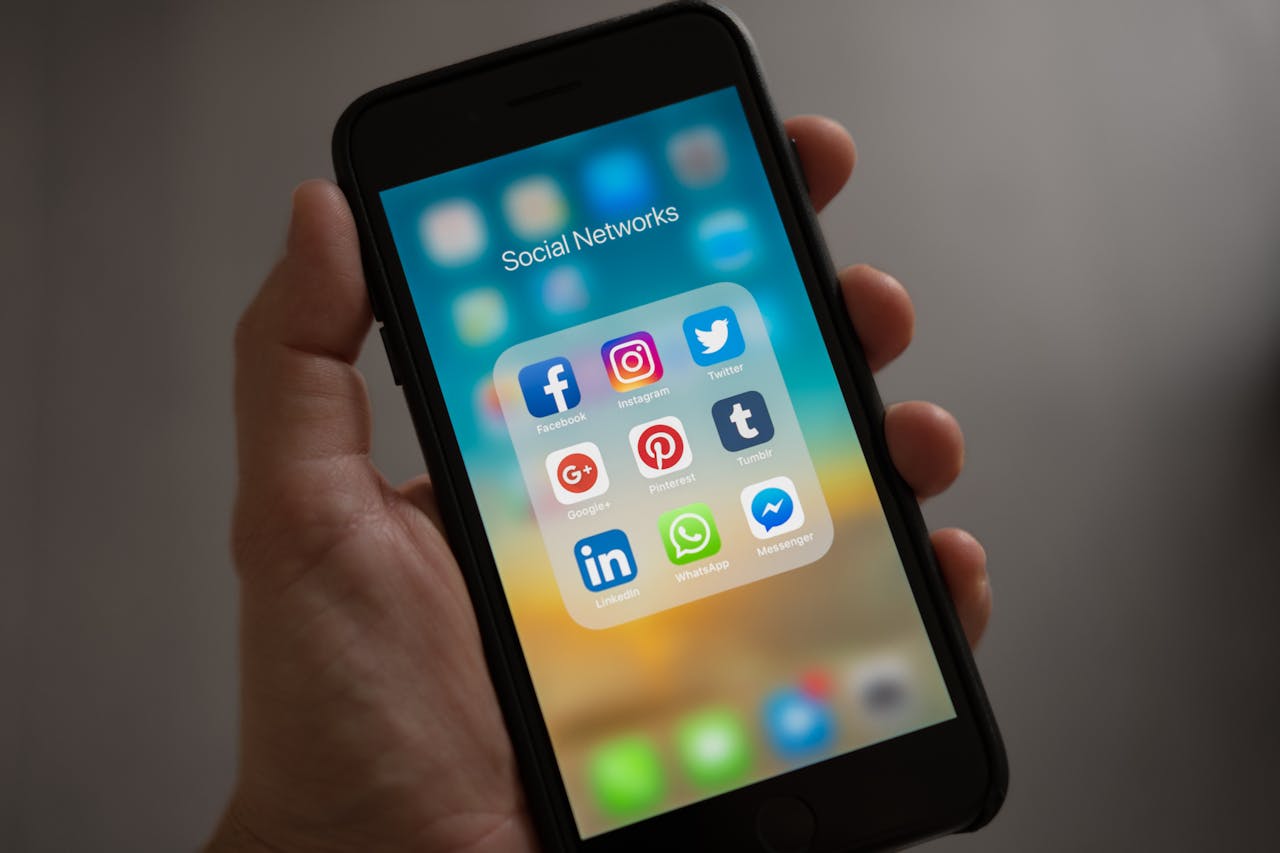

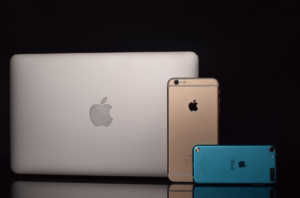 This app is an easy-to-use hierarchical style note. As its name, the app allows users to organize their thoughts into folders. In this case, the Apple users can then sort them by priority, date, duration, and audio. Drag and drop features make it easy to move these notes from one project to another. Additionally, those notes can be sorted into 20 different types, making them easy to identify. Hopefully, the developer will add the search feature in future updates. This app works fine on iPhone, iPad, and even iPod touch as long as it is on iOS 5.1 or later. However, you have to pay only $0.99 before installing it on your Apple devices.
This app is an easy-to-use hierarchical style note. As its name, the app allows users to organize their thoughts into folders. In this case, the Apple users can then sort them by priority, date, duration, and audio. Drag and drop features make it easy to move these notes from one project to another. Additionally, those notes can be sorted into 20 different types, making them easy to identify. Hopefully, the developer will add the search feature in future updates. This app works fine on iPhone, iPad, and even iPod touch as long as it is on iOS 5.1 or later. However, you have to pay only $0.99 before installing it on your Apple devices.
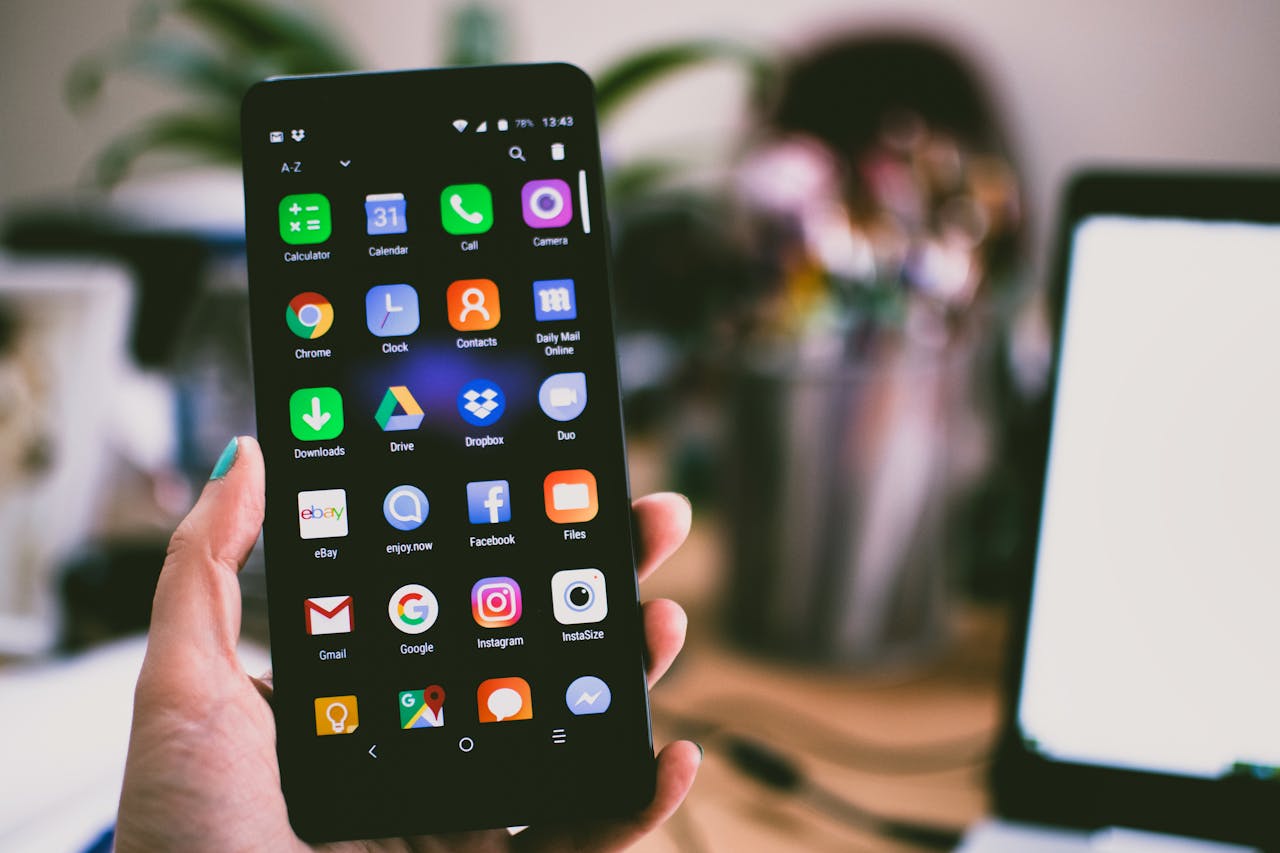
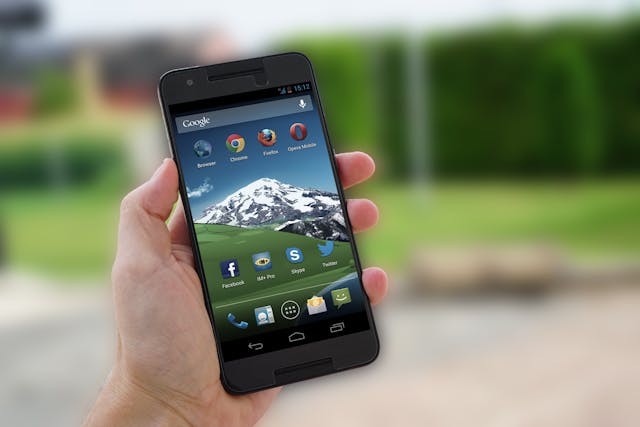

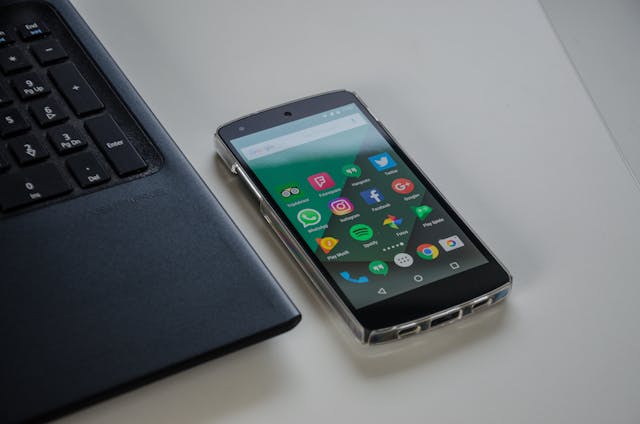
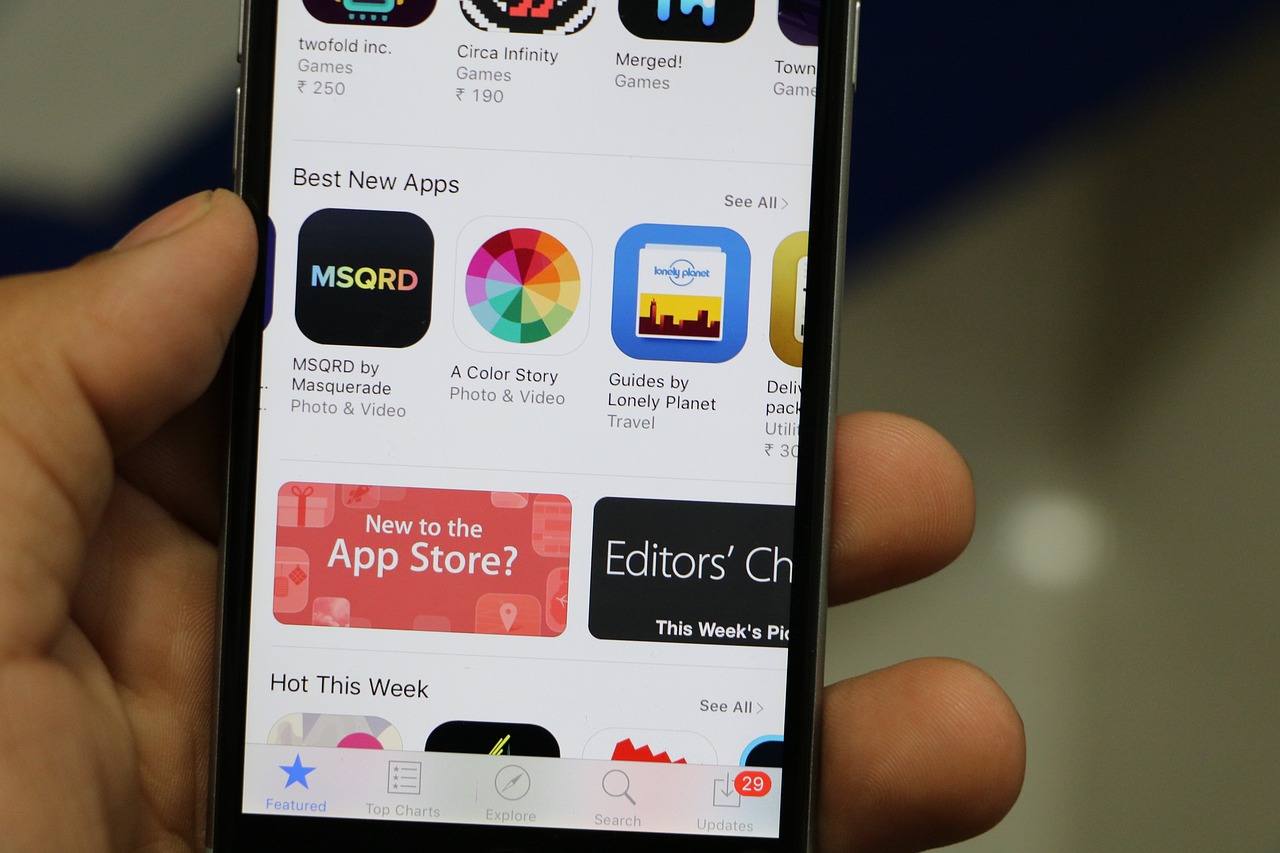

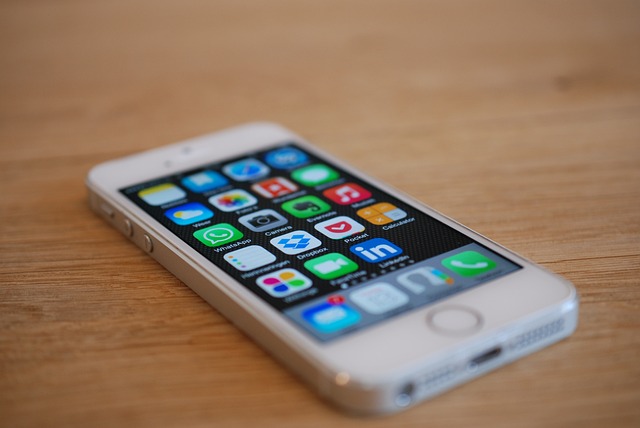
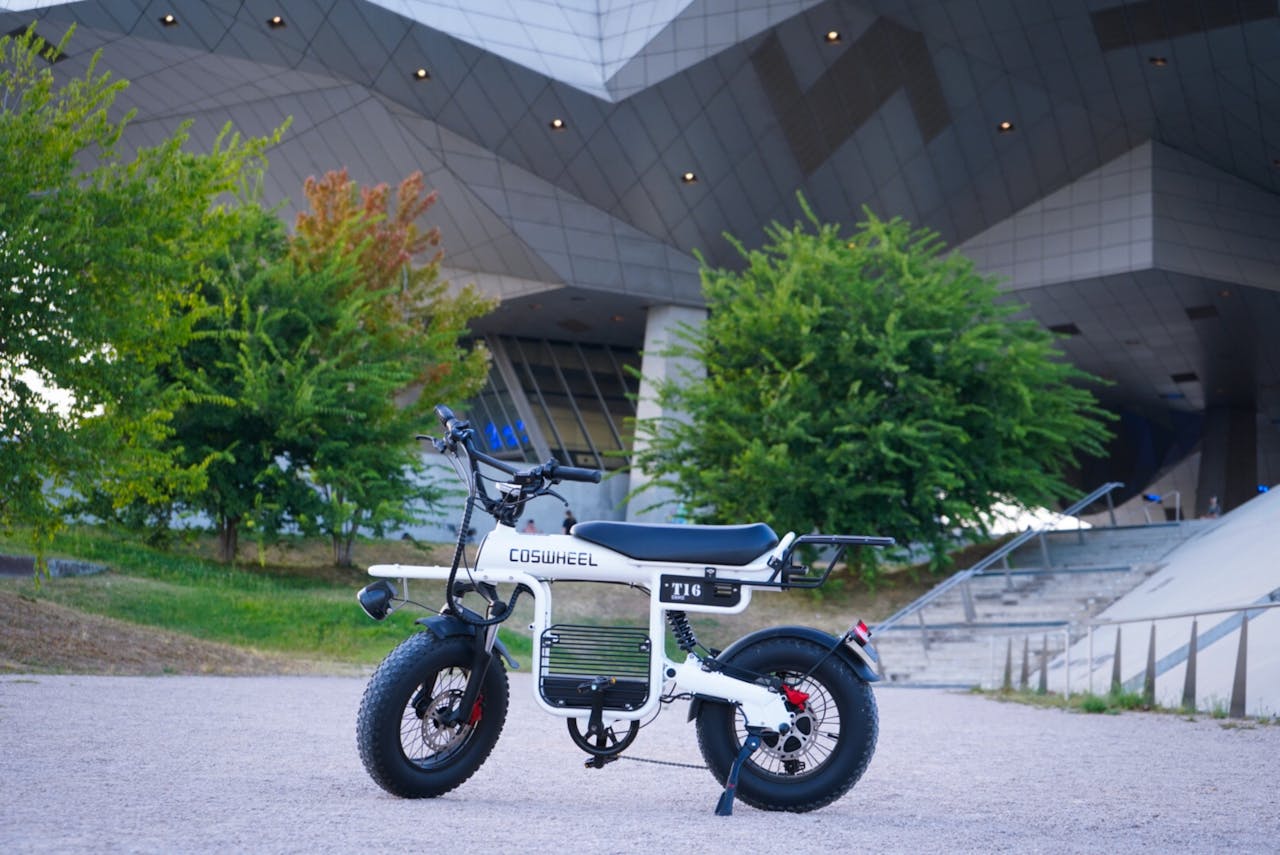



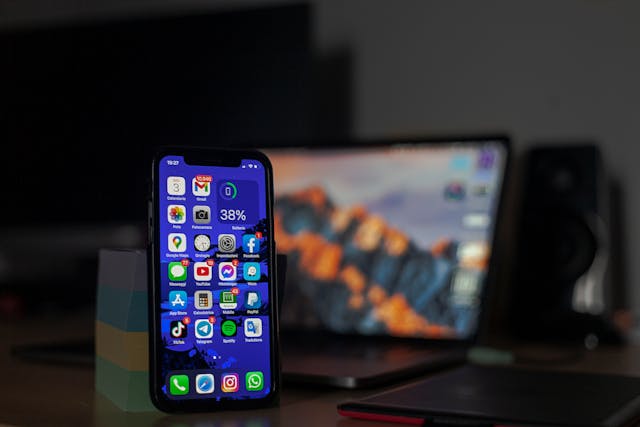
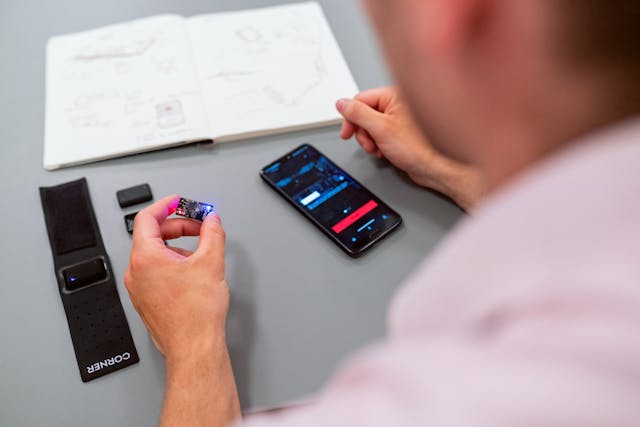
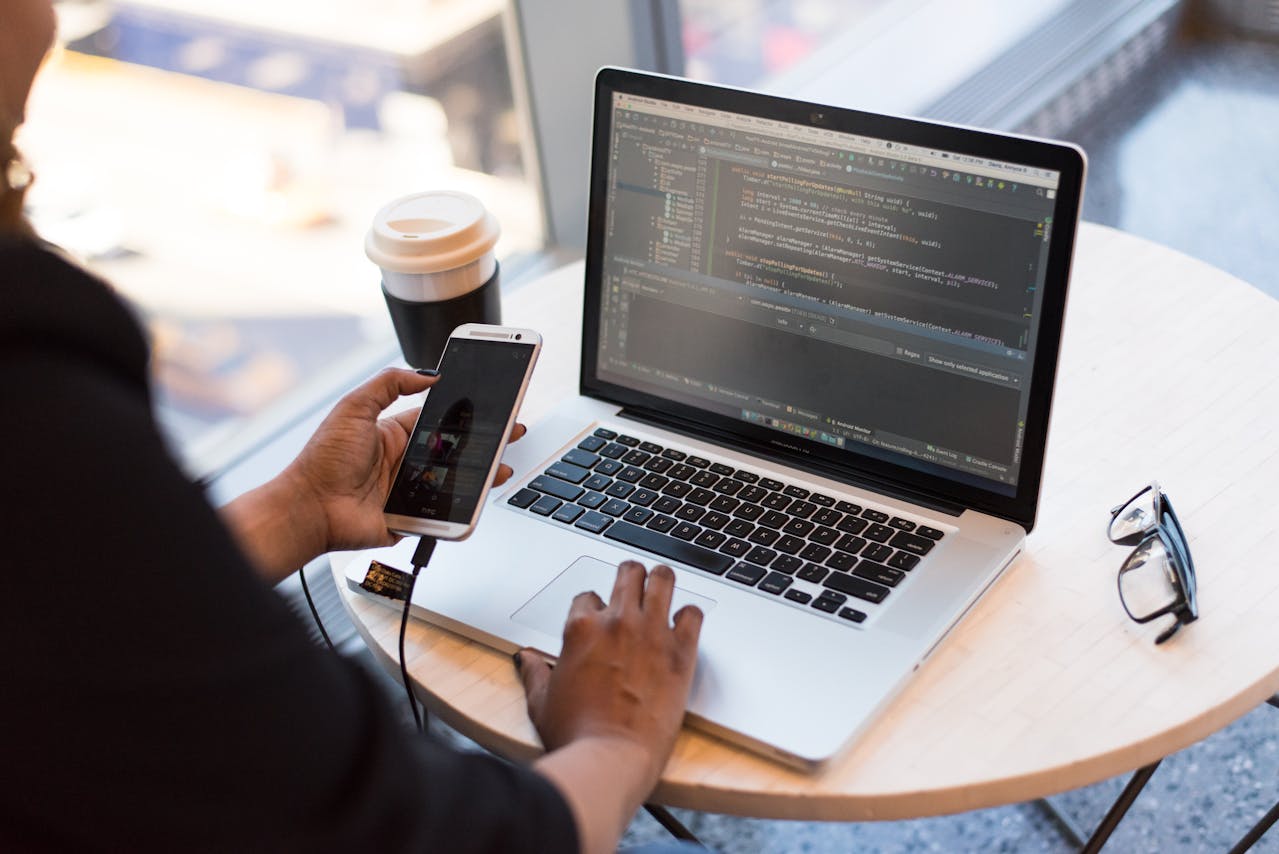
 This can similarly result from inspecting a lone DLL support on the advancement as opposed to using a library code for each open
This can similarly result from inspecting a lone DLL support on the advancement as opposed to using a library code for each open 
 This can be made likely because the screen driver on the dynamic connection library could be changed effectively to energize a screen that wasn’t at first there. Subsequently, clients have not to be forgotten about as it comes to staying aware of the most modern and valuing the great help they may require. Not at all like statically related item codes requiring relinking an adjustment in reason, programming utilizing DLL doesn’t need to be relinked or even recompiled. The capacity return esteems and contentions stay unaltered. There are various record frameworks accessible to individuals on a few unmistakable stages and dependent on the size and utilization of garage, and explicit situations coordinate other document frameworks.
This can be made likely because the screen driver on the dynamic connection library could be changed effectively to energize a screen that wasn’t at first there. Subsequently, clients have not to be forgotten about as it comes to staying aware of the most modern and valuing the great help they may require. Not at all like statically related item codes requiring relinking an adjustment in reason, programming utilizing DLL doesn’t need to be relinked or even recompiled. The capacity return esteems and contentions stay unaltered. There are various record frameworks accessible to individuals on a few unmistakable stages and dependent on the size and utilization of garage, and explicit situations coordinate other document frameworks.

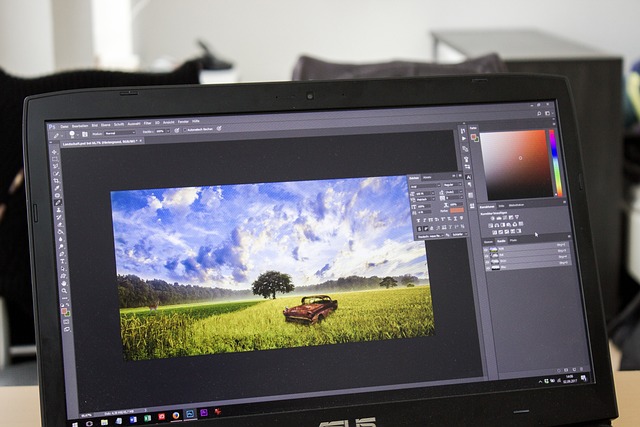
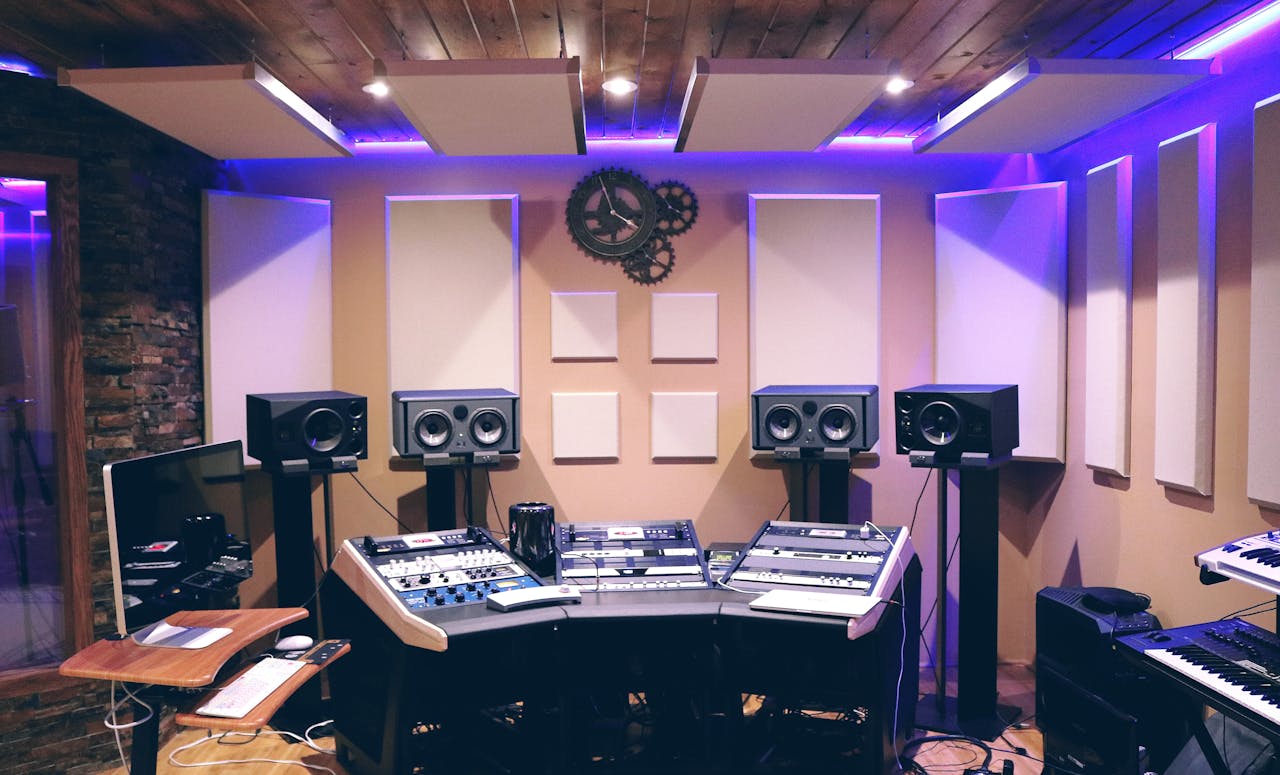

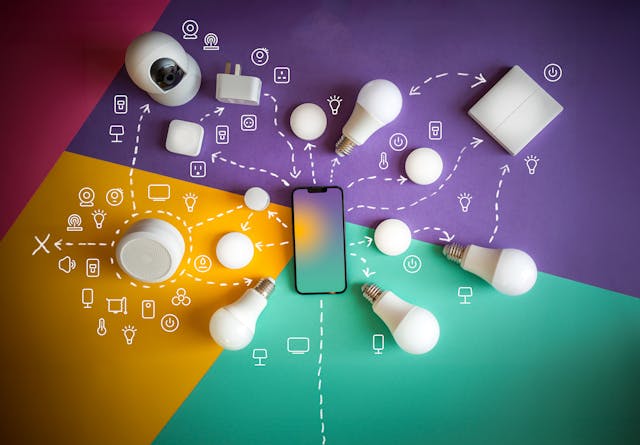

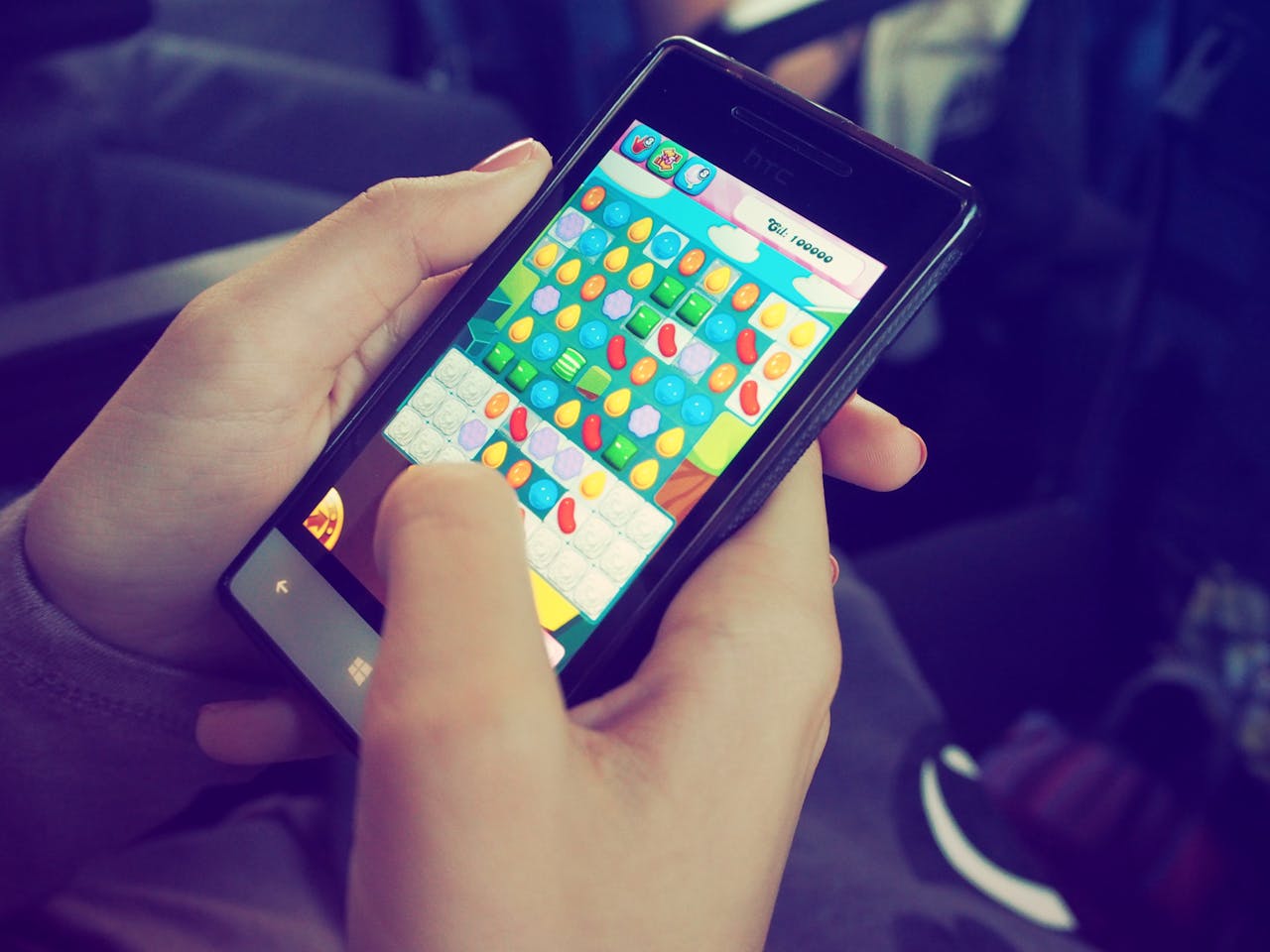





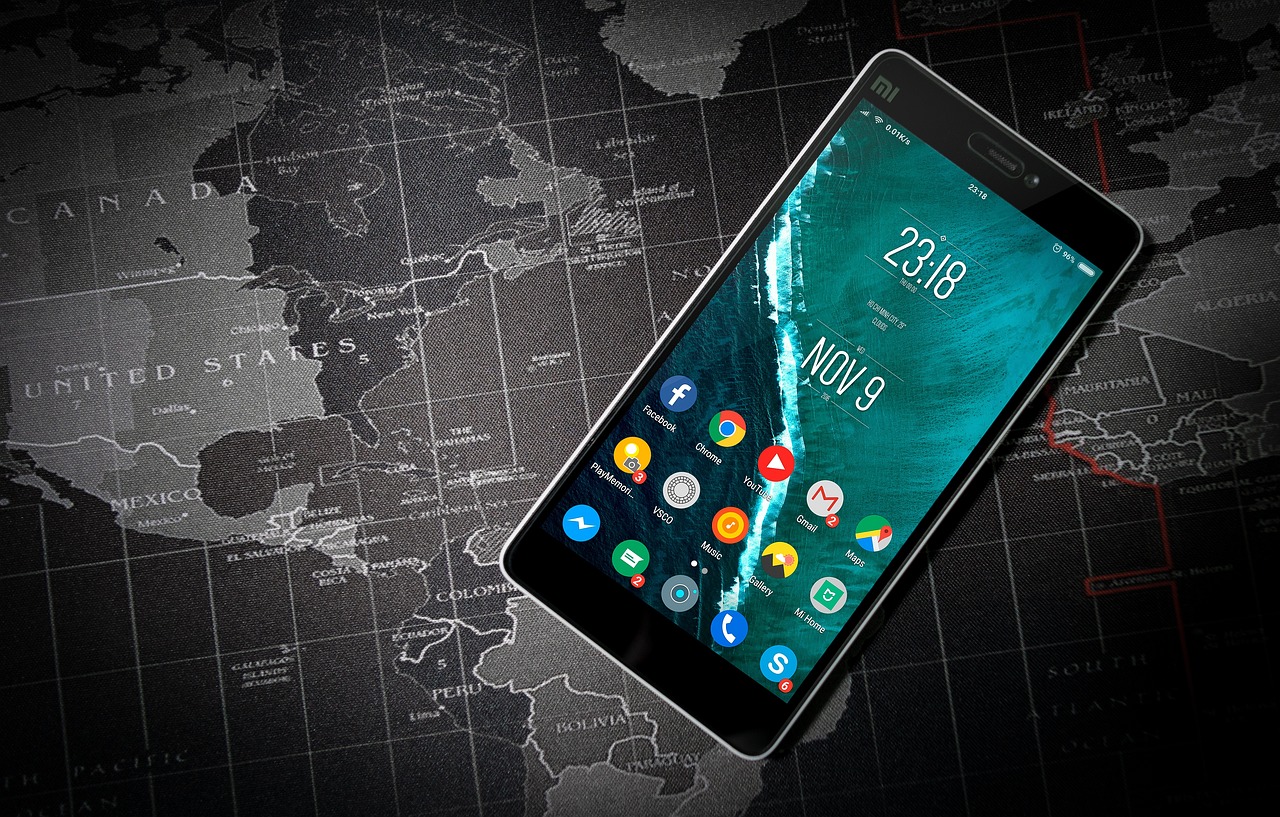
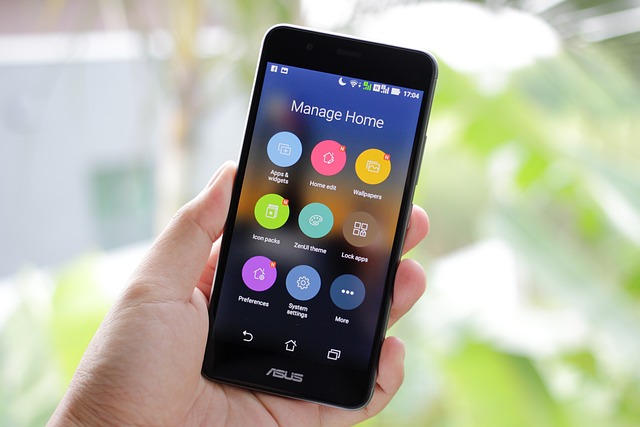

 Select storage info before searching for a supplier you want to have. The number of storage spaces purchased will affect the cost of the services. Before you start looking at the number of gigabytes or terabytes, find a supplier, and consider the size of the information you want to get. A terabyte is a unit of data. Recordings take up virtual space, while objects such as photos and videos take up more space.
Select storage info before searching for a supplier you want to have. The number of storage spaces purchased will affect the cost of the services. Before you start looking at the number of gigabytes or terabytes, find a supplier, and consider the size of the information you want to get. A terabyte is a unit of data. Recordings take up virtual space, while objects such as photos and videos take up more space.
 Technology companies are seen in a range of different sizes. Some offer monthly payment plans, while larger providers only offer annual payment options. Pay attention when choosing a supplier. Be skeptical about support restrictions and lock-ins. Locking suppliers makes it difficult to change suppliers when you have exceeded your business needs and may also prohibit you from switching suppliers.…
Technology companies are seen in a range of different sizes. Some offer monthly payment plans, while larger providers only offer annual payment options. Pay attention when choosing a supplier. Be skeptical about support restrictions and lock-ins. Locking suppliers makes it difficult to change suppliers when you have exceeded your business needs and may also prohibit you from switching suppliers.…



 This platform caters for game programmers who do not know to program. The game creator has. And since the toolset is saved on the internet, it is a lot easier for programmers.
This platform caters for game programmers who do not know to program. The game creator has. And since the toolset is saved on the internet, it is a lot easier for programmers.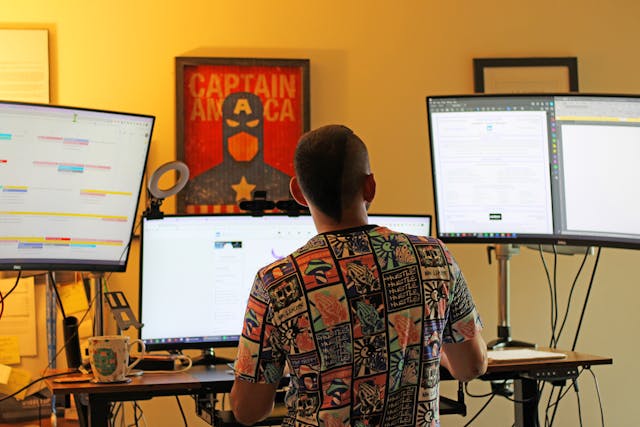
 The excellent game editor program ensures developers of the software program can rapidly create games. Developers may take advantage of the Box 2D physics engine and release games and apps to numerous platforms due to its Android export module.
The excellent game editor program ensures developers of the software program can rapidly create games. Developers may take advantage of the Box 2D physics engine and release games and apps to numerous platforms due to its Android export module. 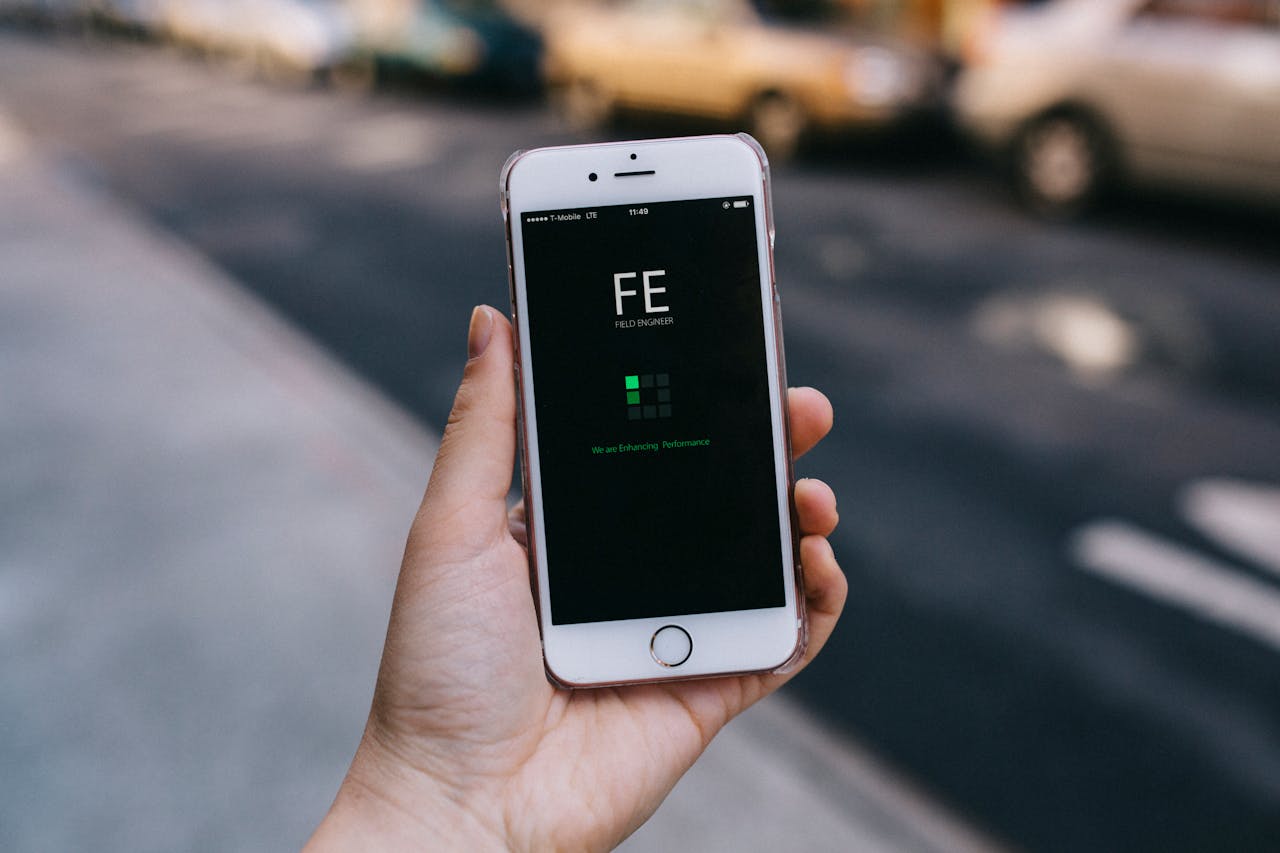
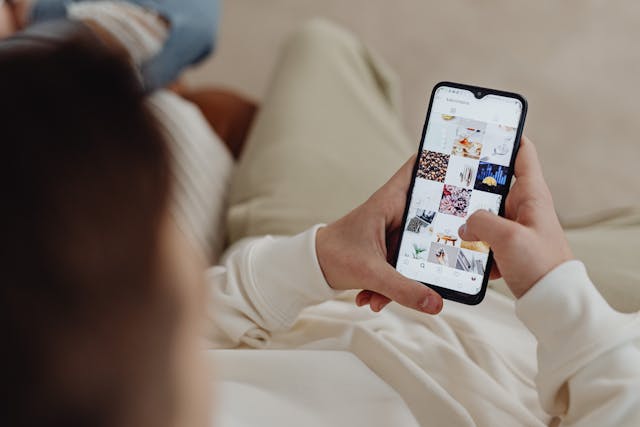
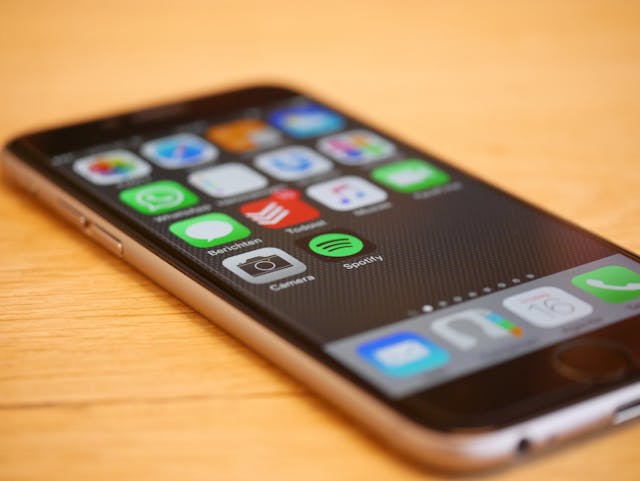

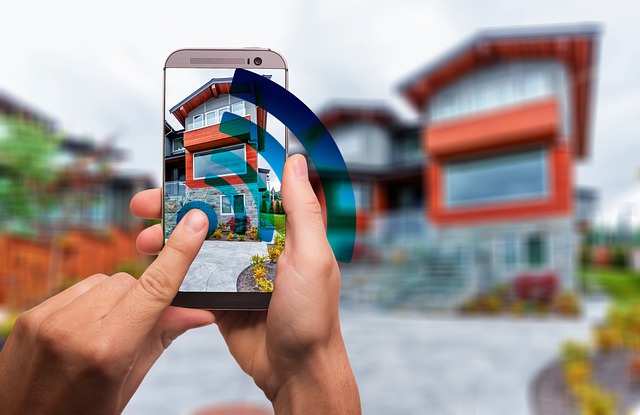
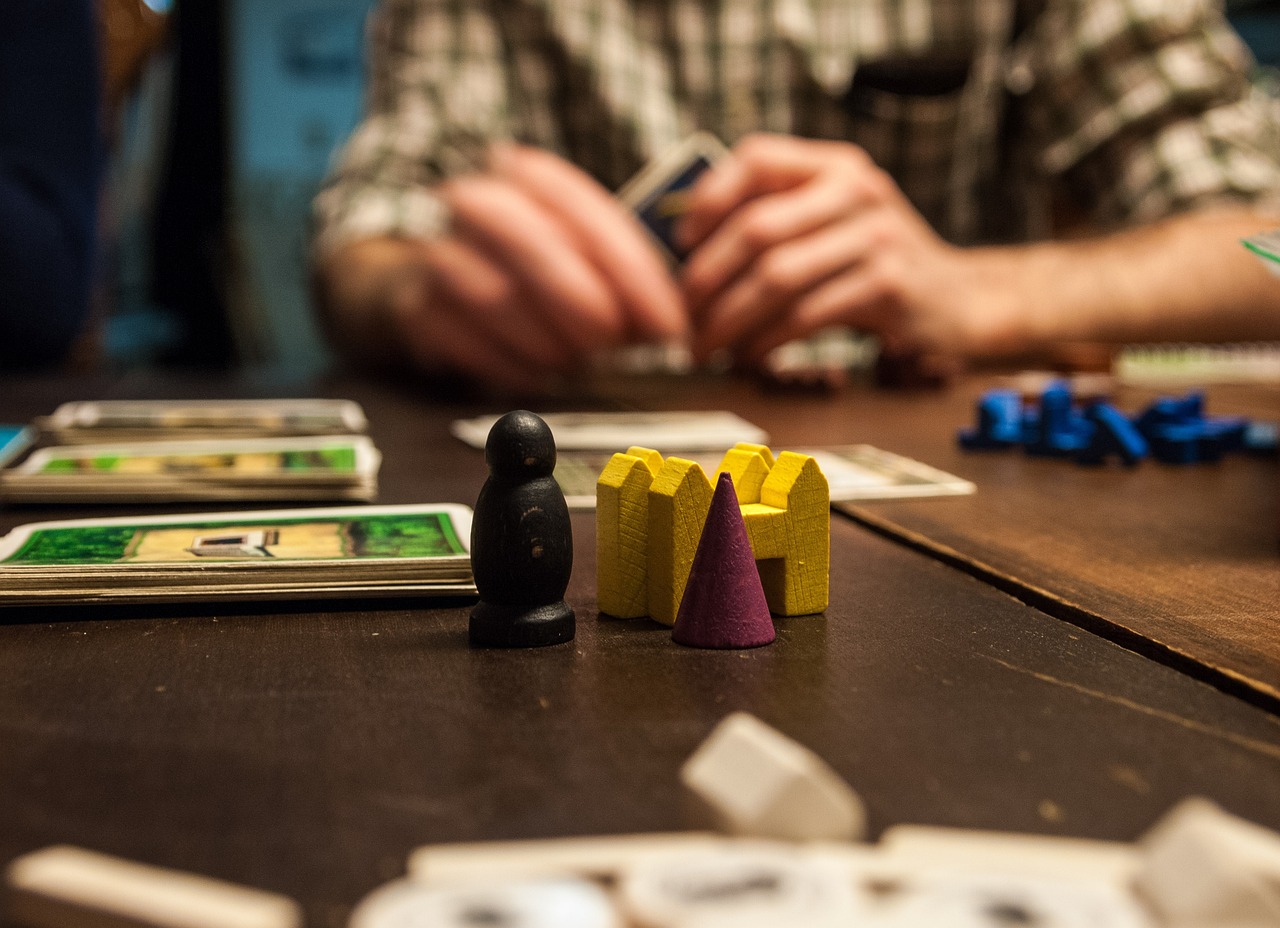
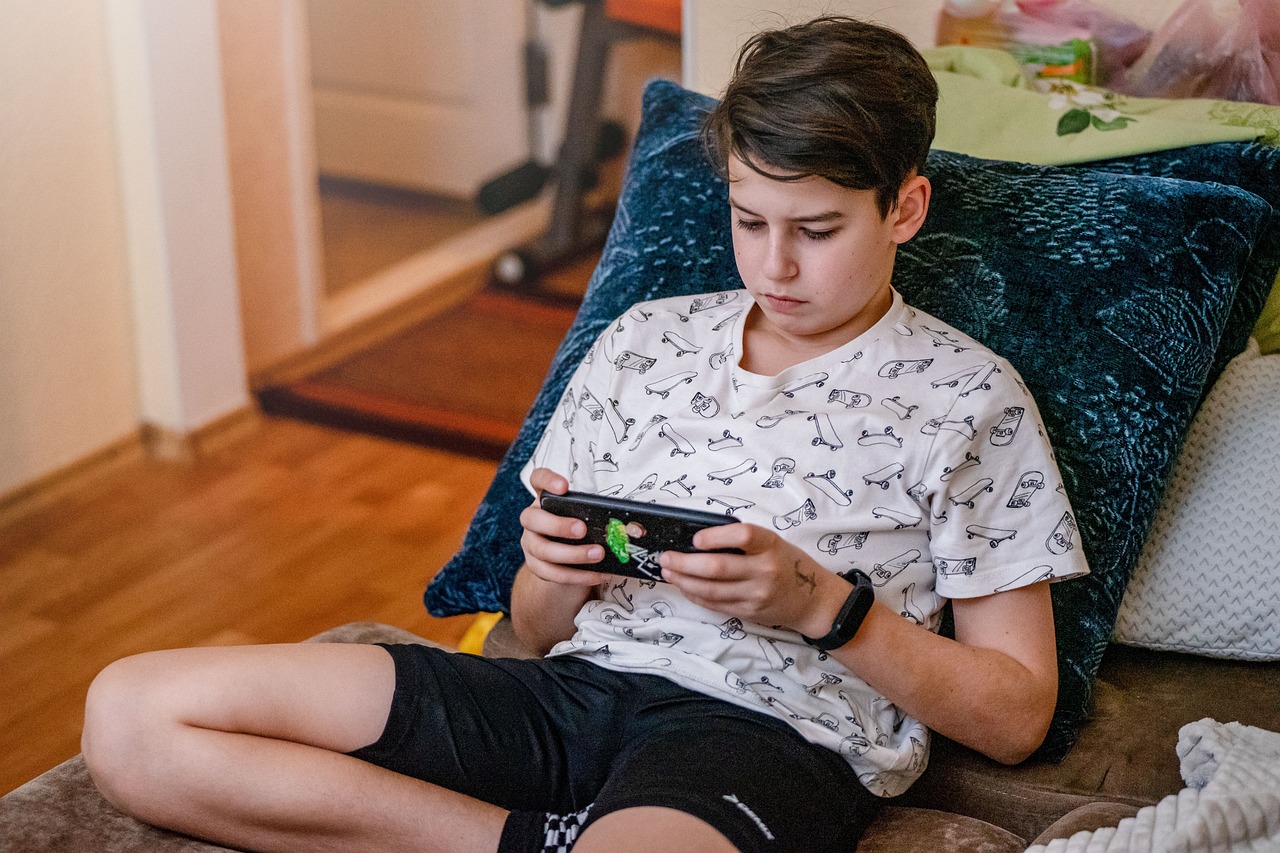
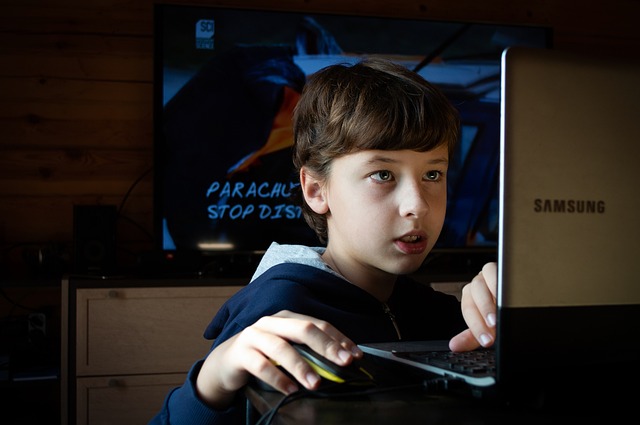

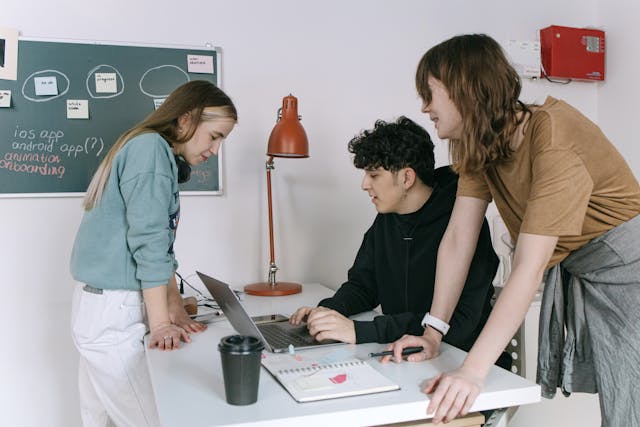


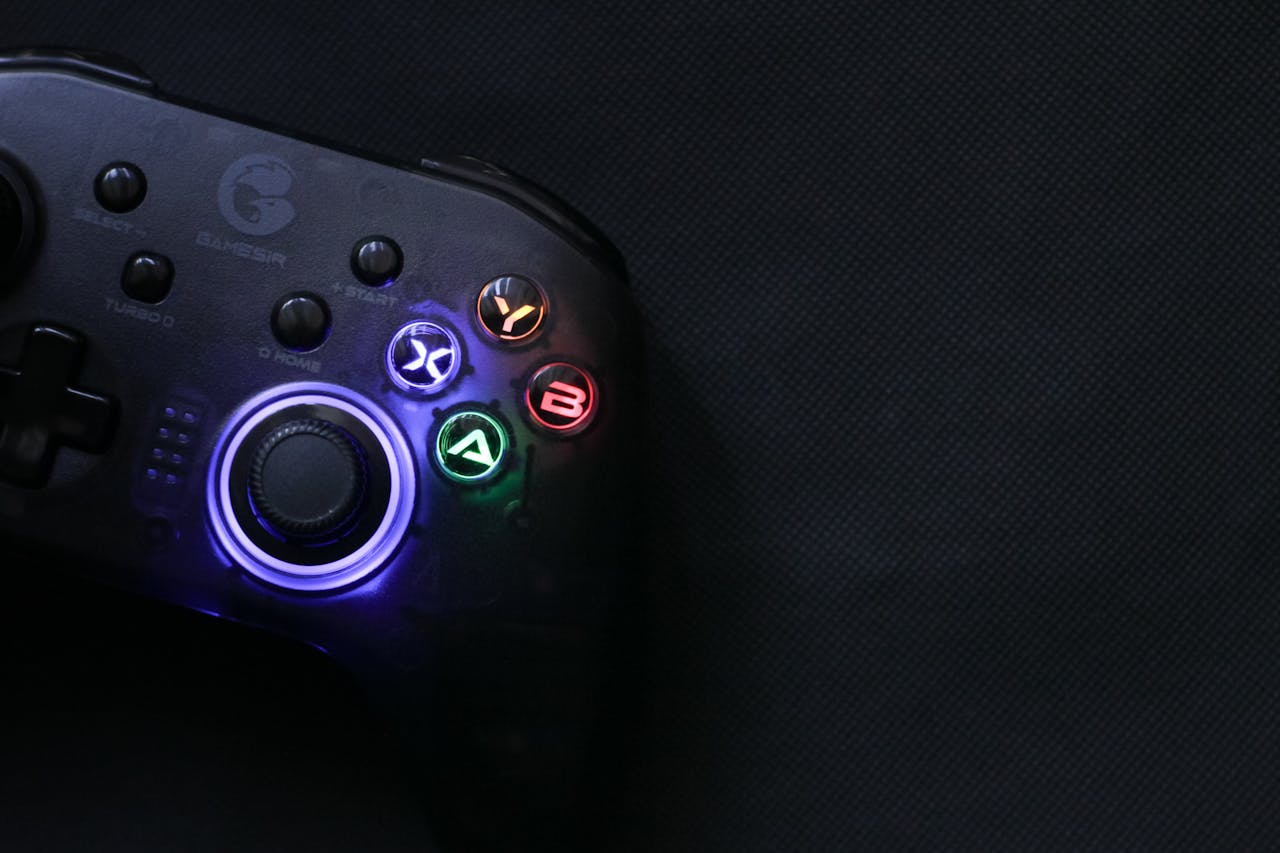


 This is the thing to consider when deciding whether to enroll up a strategy. Suppose the service provider does not provide any”money back guarantee”, you must steer clear of this provider (unless it is an entirely free app, of course). Money-back guarantees behave. You can escape with no decrease if a catastrophe occurs within the coverage period, or you will flush money down the toilet. If cashback guarantee can be obtained, you have to affirm two issues. To start with, what is the coverage period? 30 days? 60 days? Refund anytime basis? As soon as it’s a guarantee that is unconditional or conditional? Be sure you read the clauses all. Keep a copy of the conversation.
This is the thing to consider when deciding whether to enroll up a strategy. Suppose the service provider does not provide any”money back guarantee”, you must steer clear of this provider (unless it is an entirely free app, of course). Money-back guarantees behave. You can escape with no decrease if a catastrophe occurs within the coverage period, or you will flush money down the toilet. If cashback guarantee can be obtained, you have to affirm two issues. To start with, what is the coverage period? 30 days? 60 days? Refund anytime basis? As soon as it’s a guarantee that is unconditional or conditional? Be sure you read the clauses all. Keep a copy of the conversation.
